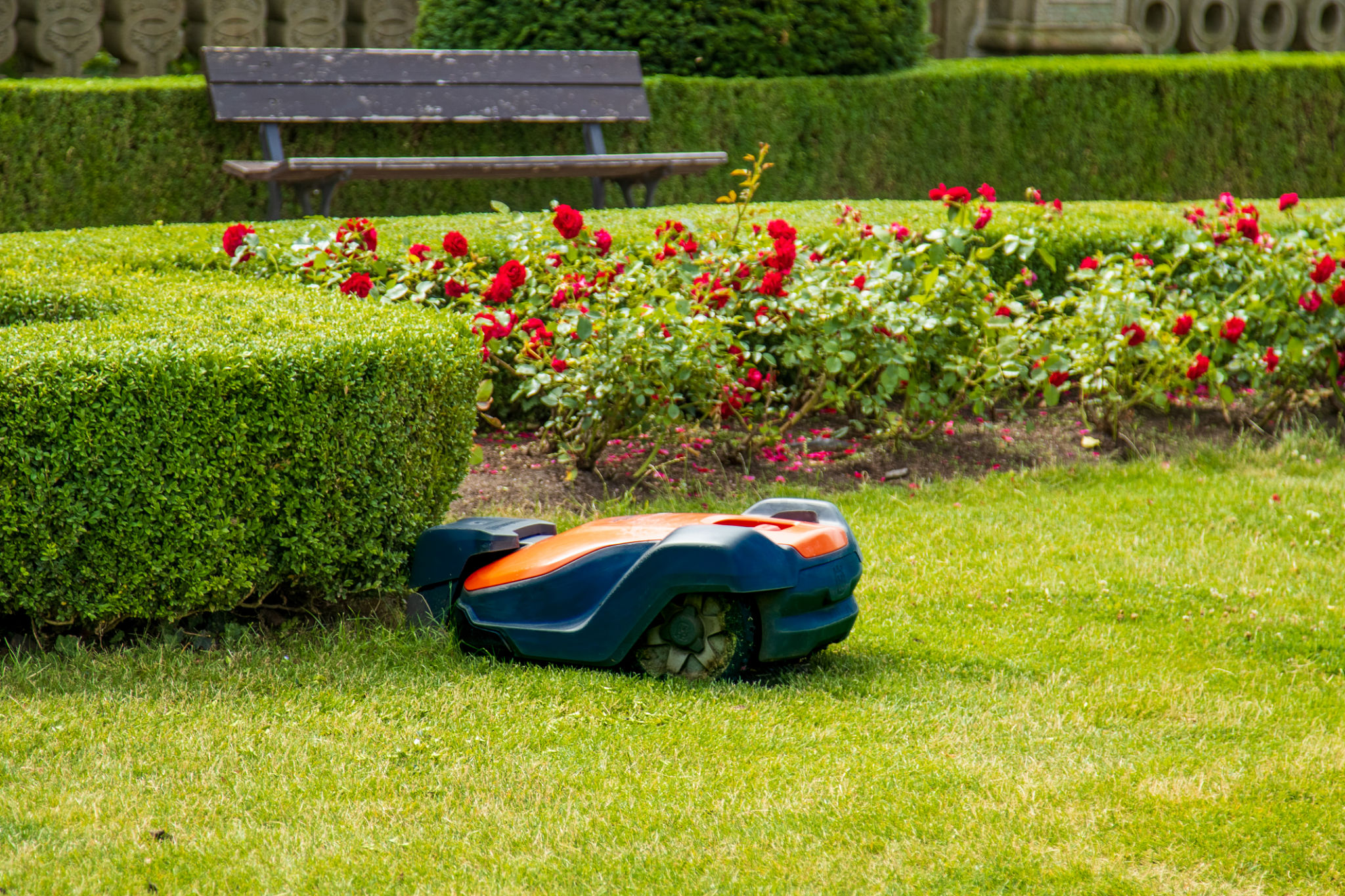Expert Lawn Care Tips for a Greener Yard
HS
Understanding Your Lawn's Needs
Achieving a lush, green lawn requires understanding the specific needs of your yard. Different grass types thrive in varying conditions, so it's crucial to identify the species in your lawn. Once identified, you can tailor care practices to suit its requirements. Consider factors like sunlight exposure, soil type, and climate to give your lawn the best chance for success.
Regular soil testing is vital to determine nutrient deficiencies or pH imbalances. A balanced soil pH allows grass to absorb nutrients efficiently, leading to a healthier lawn. Consider conducting a soil test at least once a year to keep your lawn in optimal condition.

Effective Watering Techniques
Watering your lawn strategically can make a significant difference in its health and appearance. The best time to water is early in the morning when temperatures are cooler, reducing evaporation and allowing grass roots to absorb water effectively. Aim for infrequent, deep watering sessions rather than frequent shallow ones, as this encourages deep root growth.
Using a rain gauge or moisture sensor can help you determine when your lawn needs watering. Typically, lawns require about 1 to 1.5 inches of water per week, including rainfall. Adjust your watering schedule according to weather conditions and seasonal changes.
Mowing for a Healthier Lawn
Proper mowing practices can significantly impact the health of your lawn. It's essential to keep mower blades sharp to ensure clean cuts and avoid tearing the grass, which can lead to disease. Additionally, avoid cutting more than one-third of the grass height at a time to reduce stress on the plants.

Maintain an appropriate mowing height based on your grass type. Taller grass blades promote deeper roots and better drought resistance. During peak growing seasons, you may need to mow more frequently, while slower growth periods allow for longer intervals between mowing sessions.
Fertilization and Weed Control
A well-planned fertilization schedule provides essential nutrients for your lawn's growth and resilience. Consider using slow-release fertilizers to maintain steady nutrient levels over time. It's generally best to fertilize during the growing season when grass can take full advantage of nutrients.
Weeds can quickly overrun a lawn if not managed properly. Regularly inspect your yard and remove weeds by hand or use targeted herbicides as necessary. Maintaining a healthy, dense lawn naturally suppresses weed growth by limiting available sunlight and space for their development.

Dealing with Pests and Diseases
Pests and diseases can wreak havoc on an otherwise healthy lawn. Regular monitoring for signs of damage or disease is crucial in early detection and treatment. Integrated pest management strategies often prove effective, combining cultural practices with targeted treatments when necessary.
Encourage beneficial insects that naturally control pests by maintaining a diverse landscape with various plants. Proper lawn maintenance practices, such as aeration and adequate fertilization, also boost your lawn's natural defenses against diseases.
Aeration and Thatch Management
Aeration involves perforating the soil with small holes to improve water, nutrient, and air penetration. This process is especially beneficial for compacted soils and should be performed once or twice a year, depending on soil conditions.
Thatch, a layer of dead organic material between grass blades and soil, can impede water and nutrient absorption if it becomes too thick. Regular dethatching or using a mulching mower helps manage thatch levels and promotes healthier grass growth.